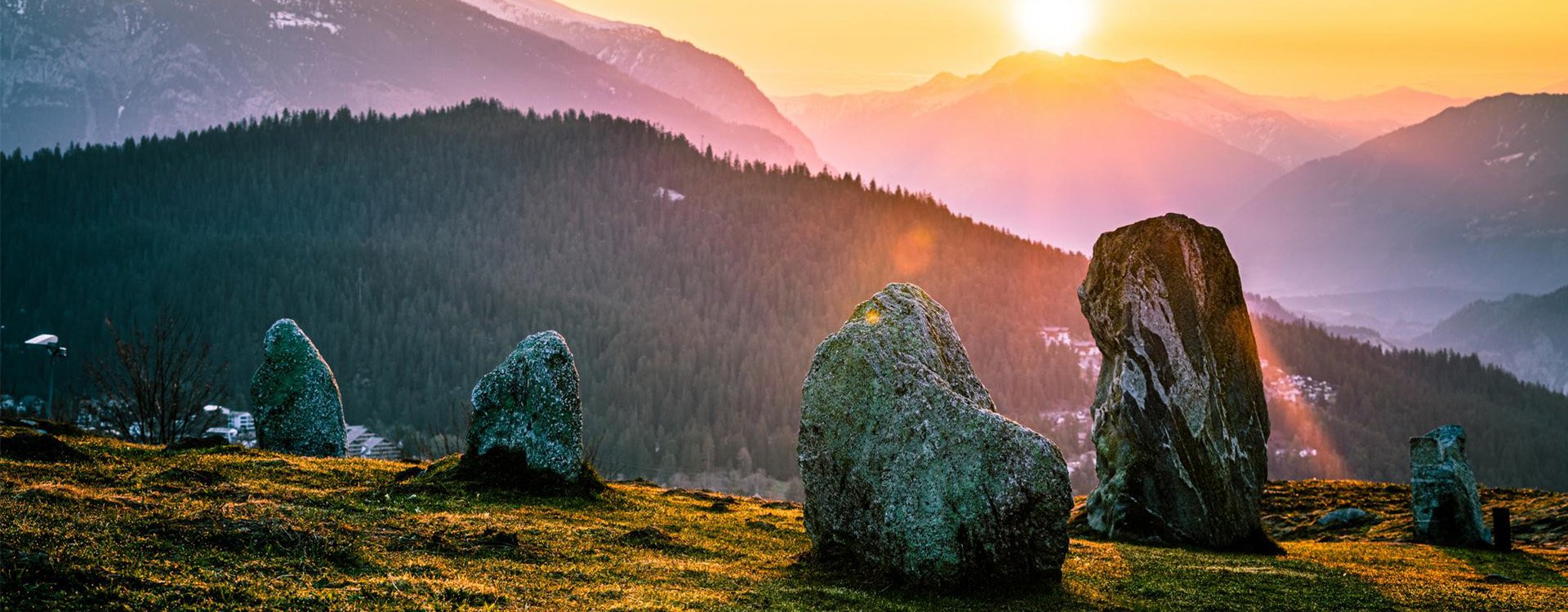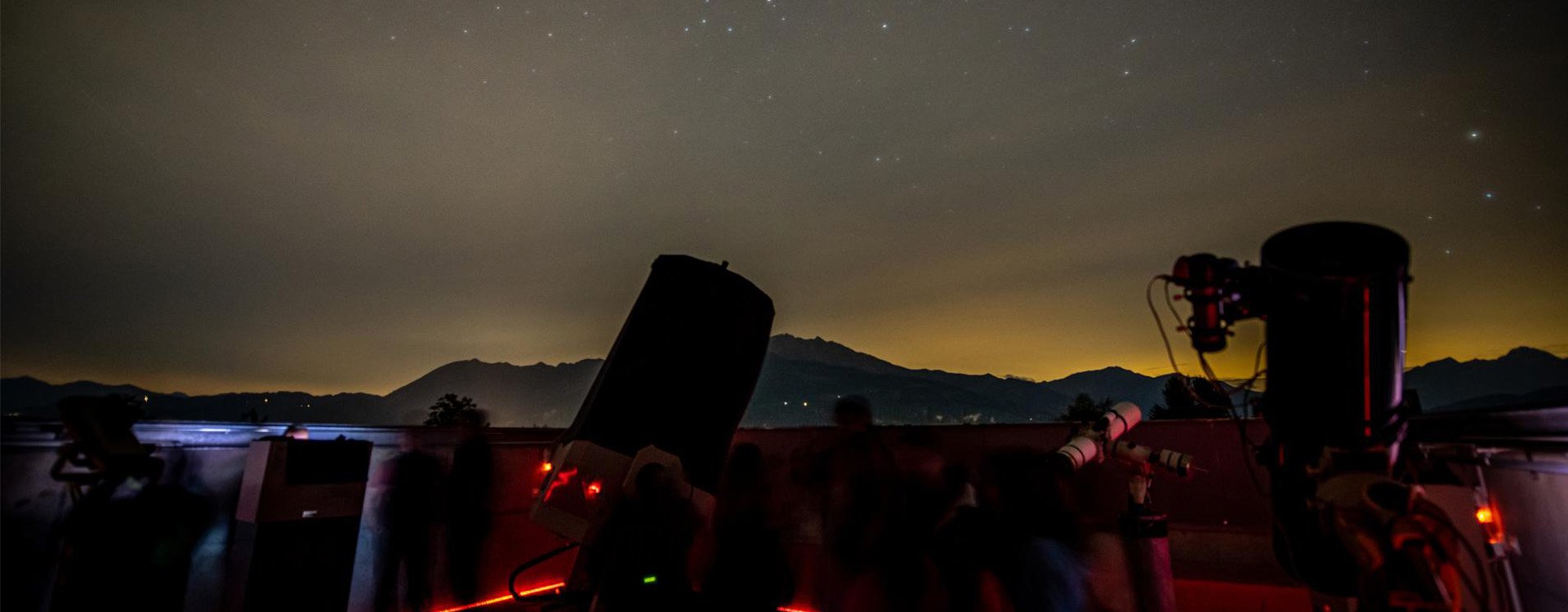Culture
Rhine culture in Flims Laax
Interested in culture? You won't be disappointed here. There are many exciting things to be found around the Rhine.

Mirasteilas Observatory
Star hunters, future astronauts and discoverers of distant galaxies have come to the right place: Mirasteilas Observatory is home to Switzerland's largest telescope open to the public. The 1.6 ton Cassegrain telescope has a focal length of nine meters. Asteroids, comets and satellites are observed here. The data obtained is supplied to the U.S. space agency NASA. So it's well worth a visit.
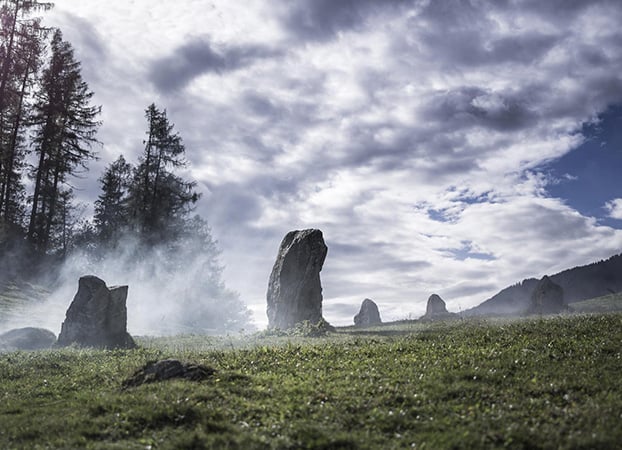
Parc la Mutta
This park comprises a moraine hill on the southern edge of the village of Falera, which can look back on a long history. The first settlers were here several thousand years ago during the Bronze Age. Archaeological finds such as grinding stones, sickles and a magnificent bronze needle from the 2nd millennium BC are now on display in the Raetian Museum in Chur. On a walk over the prehistoric settlement mound, you will discover rows of stones and mysterious stone formations, the church of St. Remigius with its medieval architecture and 13th century tower, as well as a fantastic view over the Rhine Gorge as far as Val Lumnezia.
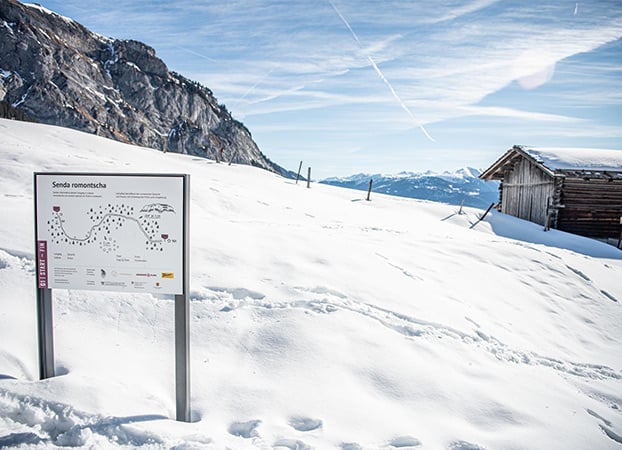
Senda Romontscha
The Language Trail explains how the Romance language 15v. After the Romans' entry into the Roman Empire, it was when the Romansh language area reached its greatest extent and why it then shrunk. The findings on the linguistic background of the 4th Swiss national language and parallels with other languages follow. Accompanying the knowledge of the Romance language is information on the sights you will encounter, the evolution of Flims and how Surselva got its name. By the time you reach the end of Senda Romontscha, you can certainly talk to some locals about your walk, the weather, the forest and its animals.
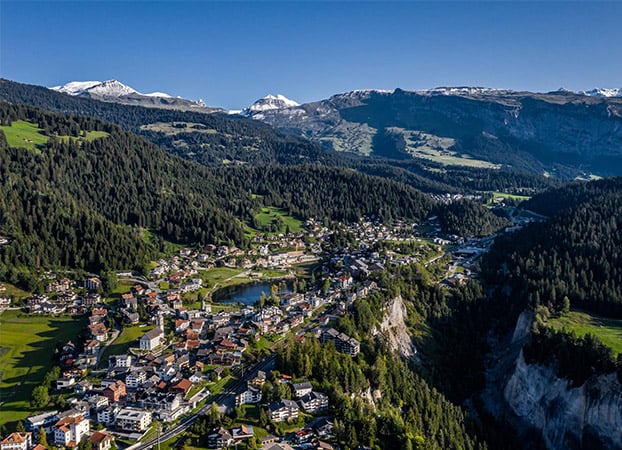
Laax culture trail
The “Senda Cultura” walking trail leads around the old village center of Laax and invites you to discover the history and geography of the region. Information boards along the way explain interesting objects and historical details. The route is around 8 km long and takes around 2 hours.
Architecture in Flims
Not many people know that Flims is also renowned for architectural reasons. Here you can find interesting information about the architecture in Flims and find out why yellow is a significant colour in Flims.
Rudolf Olgiati (1910–1995)
The architect from Flims, Rudolf Olgiati, created a unique collection of works during his lifetime. As a follower of the New Objectivity movement, he predominantly built family homes in Graubünden and restored old aristocratic houses and farmhouses. He combined international architecture with the autochthonous Swiss architecture. These original architectural works are well worth a visit along your walk.
Valerio Olgiati (1958)
Did you know that Flims boasts some world-renowned architecture? Valerio Olgiati frequently causes a stir in international architectural circles. With the Yellow House (built 1995-99) in Flims, he created a world-famous monument. In 2008, he set up shop close to the home of his father and has worked in his black architectural office there since then.

